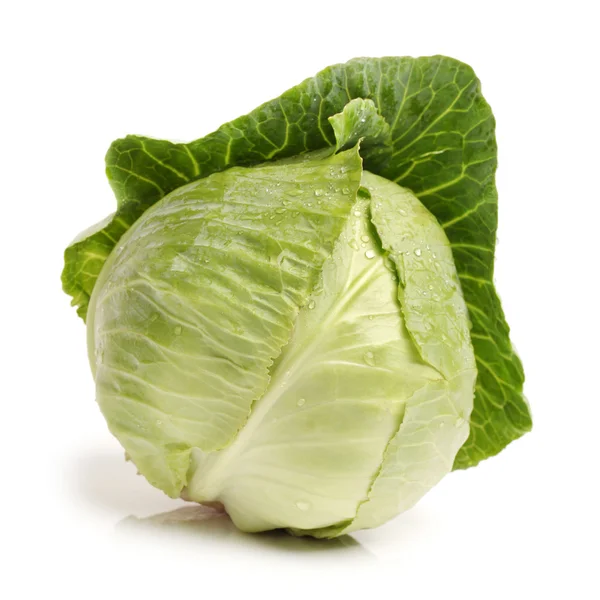Growing cabbage in your garden is a rewarding experience that yields crisp, flavorful heads packed with nutrients. Whether you’re a seasoned gardener or a novice with a green thumb, mastering the art of cabbage cultivation is simpler than you might think. In this comprehensive guide, we’ll explore the essential steps and expert tips to help you grow cabbage successfully in your own backyard.

1 ![]() . Choosing the Right Variety:
. Choosing the Right Variety:
Selecting the appropriate cabbage variety is crucial for a successful harvest. Common varieties include green cabbage, red cabbage, savoy cabbage, and Napa cabbage. Consider your climate, space availability, and culinary preferences when choosing the type of cabbage to grow.
2 ![]() . Preparing the Soil:
. Preparing the Soil:
Cabbage thrives in well-drained, fertile soil with a pH level between 6.0 and 6.8. Prepare the soil by loosening it to a depth of at least 12 inches and incorporating organic matter such as compost or aged manure to improve fertility and drainage.
3 ![]() . Planting Cabbage:
. Planting Cabbage:
Cabbage can be grown from seeds or transplants. If starting from seeds, sow them indoors 6 to 8 weeks before the last frost date in your area. Transplants can be planted directly into the garden once the soil temperature reaches 45°F (7°C). Space cabbage plants 12 to 18 inches apart in rows that are 2 to 3 feet apart.
4 ![]() . Providing Adequate Sunlight:
. Providing Adequate Sunlight:
Cabbage requires full sun to thrive, so choose a sunny location in your garden that receives at least 6 to 8 hours of sunlight daily. Adequate sunlight ensures optimal growth and development of cabbage heads.
5 ![]() . Watering and Mulching:
. Watering and Mulching:
Keep the soil consistently moist but not waterlogged throughout the growing season. Water cabbage plants deeply, providing about 1 to 1.5 inches of water per week, especially during dry periods. Apply a layer of organic mulch, such as straw or shredded leaves, around cabbage plants to retain soil moisture and suppress weeds.
6 ![]() . Fertilizing Cabbage:
. Fertilizing Cabbage:
Cabbage is a heavy feeder and benefits from regular fertilization. Incorporate a balanced fertilizer into the soil at planting time and side-dress cabbage plants with nitrogen-rich fertilizer when they reach the mid-growth stage to promote vigorous leafy growth.
7 ![]() . Managing Pests and Diseases:
. Managing Pests and Diseases:
Monitor cabbage plants regularly for common pests such as cabbage worms, aphids, and cabbage loopers. Use physical barriers, such as row covers, and organic insecticides to manage pest infestations. Practice crop rotation and proper sanitation to prevent the spread of diseases such as clubroot and black rot.
8 ![]() . Harvesting Cabbage:
. Harvesting Cabbage:
Harvest cabbage heads when they reach their mature size and firmness. Cut the heads from the stem using a sharp knife, leaving a few outer leaves attached to protect the inner leaves. Harvest cabbage in the morning for the best flavor and texture.
9 ![]() . Storing Cabbage:
. Storing Cabbage:
Store harvested cabbage heads in the refrigerator or a cool, humid place to prolong their freshness. Cabbage can be stored for several weeks when kept at temperatures between 32°F and 40°F (0°C to 4°C) with high humidity.
10 ![]() . Enjoying the Fruits of Your Labor:
. Enjoying the Fruits of Your Labor:
Once harvested, enjoy your homegrown cabbage in a variety of culinary delights, from crisp coleslaws and hearty soups to savory stir-fries and stuffed cabbage rolls. Experiment with different recipes to savor the fresh flavor of your garden-grown cabbage.
By following these expert tips and guidelines, you can cultivate robust cabbage plants and enjoy a bountiful harvest of this versatile and nutritious vegetable right from your own garden. Happy gardening, and may your cabbage patch flourish with abundance!
____________________________________________________![]() Best Agricultural Supplier For Export and Import
Best Agricultural Supplier For Export and Import
Vlux Vietnam Import Export Company Limited
Mobile/Whastapp/Wechat: +84 35 939 9345
www.vluxexim.com
Address: No. 58A Vo Van Dung Street, O Cho Dua Ward, Dong Da District, Hanoi City, Vietnam
#agriculturals #agriculturalVietnam #FlavorProfiles #VluxVietnam


